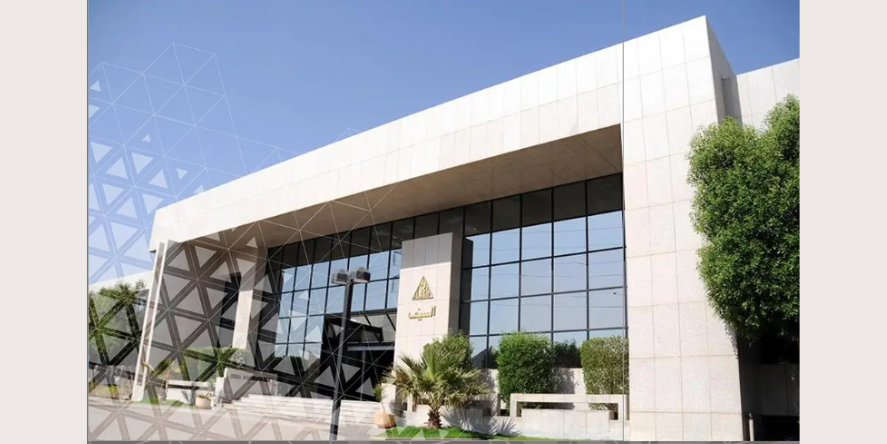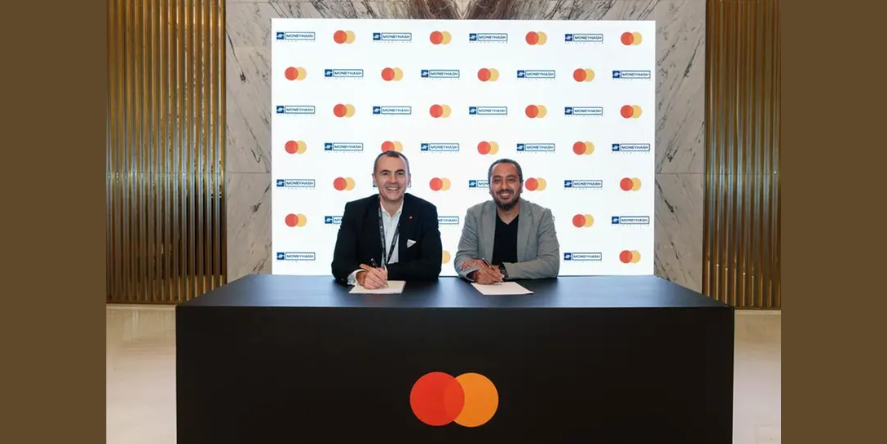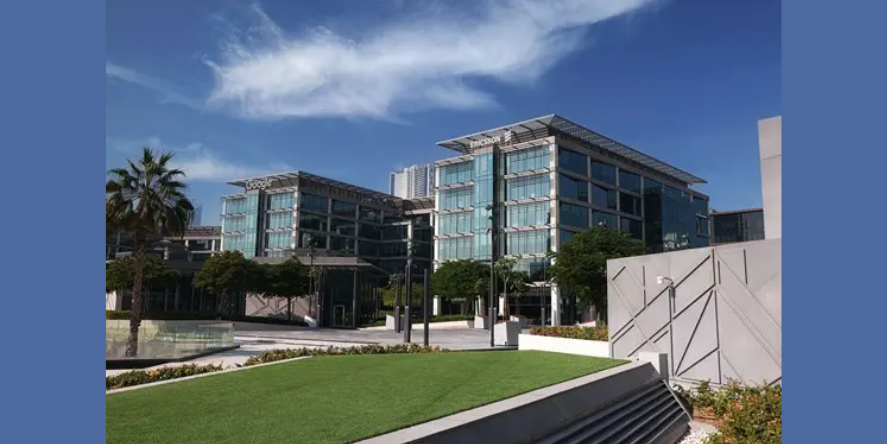Introduction:
The industry of Fast-Moving Consumer Goods (FMCG) or consumer packaged goods (CPG) is one of the largest in the world. Over the years, the FMCG (Fast-Moving consumer goods) sector has experienced significant progress in the Middle East, owing to the region’s growing population, rising disposable incomes, urbanization, and evolving consumer preferences. As a result, the Middle East has become an attractive market for FMCG companies.
In the Middle East and North Africa (MENA) region, Egypt is reportedly having the highest total consumer spending on food and non-alcoholic beverages. Before COVID-19, the MENA region was seeing an increase in consumer demand. However, due to the pandemic, the industry underwent a major disruption. After this, the GCC countries became far more appealing to manufacturers of consumer-packaged goods, as their governments are generally stable and supportive of business interests. Additionally, there are more than 60 free economic zones, or free zones, that offer business incentives such as tax exemptions and modern infrastructure.

MENA FMCG sector outlook
Here is a brief overview of the challenges faced by the FMCG sector in MENA. These are the main factors influencing consumer behaviour in the Middle East.
- Decreasing oil prices: Falling oil prices have pushed the Middle Eastern economies to turn towards alternative sectors such as tourism and hospitality for a steady revenue. Hence the GCC countries are increasingly investing in these alternative sectors.
- Geo-political tensions: The ongoing conflicts in the Middle Eastern region is nowhere nearing an end and this has cast a negative outlook on the region’s economies.
- Supply chain delays: Larger queues, longer delivery times, and reduced product quality and availability—are significant issues frequently experienced by regional consumers.
- High rate of inflation: Consumers are increasingly price-sensitive and actively searching for bargains. Household items are becoming more and more expensive for Middle Eastern consumers. This is one of the top three concerns for shoppers, both in-store and online.
- Cost of living: Consumers across countries are concerned about their financial position to some varying degree. Around 79% of the consumers in the region are worried about their financial positions. Astonishingly, 74% of MENA consumers are in a financially worse position due to the increased cost of living, while 42% of the consumers think that it’s an economic slowdown.
- Evolving digital technology: The growth of e-commerce presents an opportunity for brands. Consumers now demand more convenience, health-oriented options, and locally sourced products. To meet these customer expectations, brands must invest in digital analytics.

Image by Freepik Trends in the MENA FMCG sector
The outbreak of COVID-19 has resulted in significant changes in many industries and global lifestyles. The FMCG industry in the MENA region was also one of the affected sectors, but the extensive vaccination programs in the region have led to increased consumer confidence. However, the pandemic has significantly impacted consumer behaviour, and these changes are expected to persist. As a result, consumers in the area are increasingly shifting towards mobile and online shopping. Let us take a look at some of the trends in the FMCG sector in the MENA region.
- In-store shopping: Consumers in the region still prefer this mode of shopping, especially in hypermarket stores and malls that deliver a comfortable ambience. We see many supermarket stores incorporating new food and entertainment zones to ensure that the crowd comes to their mall for more than just shopping.
- online shopping: The digital ecosystem has made the entire shopping experience more intimate. Stay tuned for new mobile apps that are going to integrated AI modules to further enhance your shopping experience, from product exploration to home delivery.
- Technology: Right from advanced robotics at the manufacturing end to AI-based customization options for products, technology is truly inevitable in FMCG today. IoT and Augmented Reality based product recommendation systems are still at their nascent stage but 2024 could be the year of their breakthrough.
- Changing consumer habits in response to rising inflation and prices: According to a recent study, over 40% of consumers resort to using comparison sites and shopping from multiple retailers. Another 36% would either switch to buying online or from another retailer’s store, while 29% would buy a different brand altogether. Interestingly, an equal proportion of consumers (29%) would switch to retailers’ own-brand products. These figures highlight the opportunity for retailers that can resolve their supply chain issues to gain market share.
- Modern consumers are always on the lookout for promotions: More than 40% of both regional and global consumers purchase products only when they are offered at a discounted price and preferring to buy from retailers who provide better value. To cope with the current economic climate and its potential impact on the cost of living, comparison sites are utilized to find more affordable alternatives.

An Ecommerce Shopping App (Image by Freepik) Predictions and Way Forward for the MENA FMCG Sector
Changing consumer preferences and market dynamics
It is the need of the hour for the FMCG sector in MENA to understand changing consumer preferences and trends and implement suitable strategies to reap the maximum benefit from the changing landscape. To succeed in e-commerce, businesses must shift their focus to growth. Analysing real-time data and embracing an omnichannel approach can help.
Some companies in the region have already begun to adapt to the environment. For instance, a prominent retail conglomerate in the region has partnered with an online grocery platform, resulting in on-demand grocery delivery services, which have led to a significant increase in the number of users. In a similar move, another Group has introduced a direct-to-consumer e-commerce portal that specializes in baby care products. This move has enabled the Group to meet the growing demand for online shopping convenience among young parents while also gaining invaluable consumer insights to customize their offerings.
Sustainability and CSR
Consumers in the MEA region is increasingly conscious of the environment and are looking to make sustainable choices when purchasing products. This includes buying products with sustainable credentials, using recyclable packaging, and using refillable containers. Consumers prefer sustainable products that are competitively priced and have clear labelling and packaging. Additionally, they are more likely to buy brands that offer personal health benefits along with benefits to the planet.
Brands must ensure that shoppers can easily find and buy environmentally friendly products by providing access to sustainability information on their product pages. The sustainability attributes of a product should be readily available to customers to facilitate their purchase decisions. Sustainability is a pressing concern for the present and future. It includes climate change, natural resource conservation, and global ecosystem preservation. Ensuring sustainability will be a top priority in 2024 and beyond.
The future belongs to E-commerce
E-commerce offers better prices and more products for buyers and is growing rapidly in many markets. Turkey and the Middle East stand out in particular, with Turkey’s e-commerce growth expected to continue in 2024. The UAE and Saudi Arabia are also seeing strong e-commerce growth compared to physical stores.
According to a report, Turkiye’s ecommerce market share is the highest in the MENAT region with 5.9% share in the total FMCG sales in 2022. Saudi Arabia saw a 1.7% increase in its ecommerce sales in 2022 compared to 1.2% share in 2021. The UAE’s ecommerce market share grew at an even higher rate, recording 5.7% in 2022 compared to just 3.8% in 2021. In terms of value growth percent, Turkiye saw 100% growth in online sales in 2022 compared to 2021, while its offline sales saw a 99.2% growth for the same period. The KSA ecommerce registered a staggering growth of 55% while its offline sales grew at just 5.9%. The UAE’s ecommerce market growth surpassed that of the KSA’s by recording a 62.8% growth whereas its offline sales saw a growth of 9.2% only.

man-delivering-groceries-customers (Image by Freepik) Conclusion
Retailers and manufacturers must plan to develop strategies for success in the evolving marketplace beyond 2024. To achieve this, they need to figure out how consumers will react to the five emerging trends discussed above and have strategies in place to help them manage their cost-of-living challenges. Business leaders can benefit from comprehending how these underlying shifts and individual preferences are affecting consumers’ lifestyles and purchasing patterns, which will ultimately help them find new ways of engaging with customers individually.
Blog by Amith Raj










